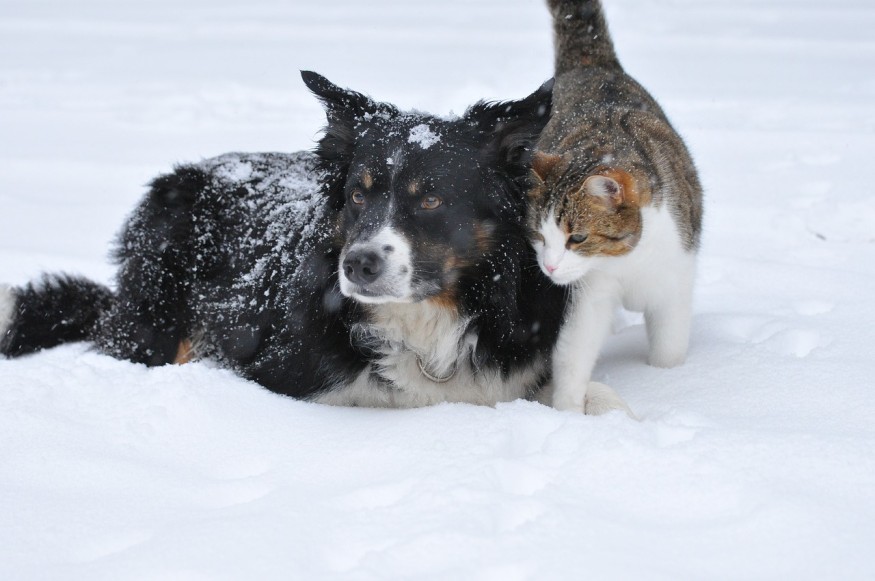Cats and dogs are said to be colorblind or see the world in black and white and have more heightened senses than humans. But according to Katherine Houpt, a professor at Cornell's College of Veterinary of Medicine, but colorblindness is not entirely true.
Here are some things you should know about your cats and dogs:
- Colorblindness is not entirely true. Cats and dogs can see colors, but not they can only see the world in shades of blue and yellow. Cats and dogs are predators, and thus a gray rabbit meal is no different from a brown one. The shadow of color, therefore, does not make a difference. Humans, on the other hand, have to know whether a fruit is ripe or not. The ability to discriminate food helps us choose the right food.
- Human eyes have an advantage over cats and dogs in terms of clarity. A dog can see an object 20 feet away. Meanwhile, humans can see it from 60 feet. On the other hand, a cat can see from 200 feet, while humans see from 100 to 200 feet.

READ: Hummingbirds Perceive Colors That Humans Can Only Imagine
- Cats and dogs perceive movements much better than humans. Although these animals have trouble seeing things close to them, they are good at spotting movement even up to a half-mile, even if the action is subtle. It is a skill necessary for predators to catch fast-moving food.
- Cats and dogs have more field of view than humans. Cats and dogs have a peripheral vision of more than 200 degrees, in contrast to humans, 180 degrees. The feature is important; being able to detect motion extends to the edges of their vision to help them know that something is coming.
READ ALSO: Owner Mauled To Death by 400lb White Lions, Plus 5 Other Cases of Pets Killing Their Owners
- Felines and canines see better in the dark than humans. This feature is mainly because of the tapetum, a layer allowing the light to reflect to let them see a small amount of light better than human eyes. According to Houpt, however, they cannot see in absolute darkness, but they can see better in dim light. These animals have more eye rods than humans, which means they need a little light to perceive a usable picture.
- Cats are good at hearing ultrasonic pitches by their prey. This allows them to continue chasing even if they could not see their game.
- Cats and dogs have the vomeronasal organ that heightens their sense of smell. Cats maximize the sense of smell to identify people. On the other hand, dogs are 1,000 to 10,000 times more effective in smelling than humans, depending on the breed.
The features mentioned above tell us that although cats and dogs are partially color blind, they do not depend on their eyes to navigate the world. Other heightened senses compensate Their visual limitations.
READ NEXT: Big Dogs at Higher Risk of Joint Problems If Neutered Early
Check out more news and information on Animal Attacks on Nature World News.
© 2026 NatureWorldNews.com All rights reserved. Do not reproduce without permission.





